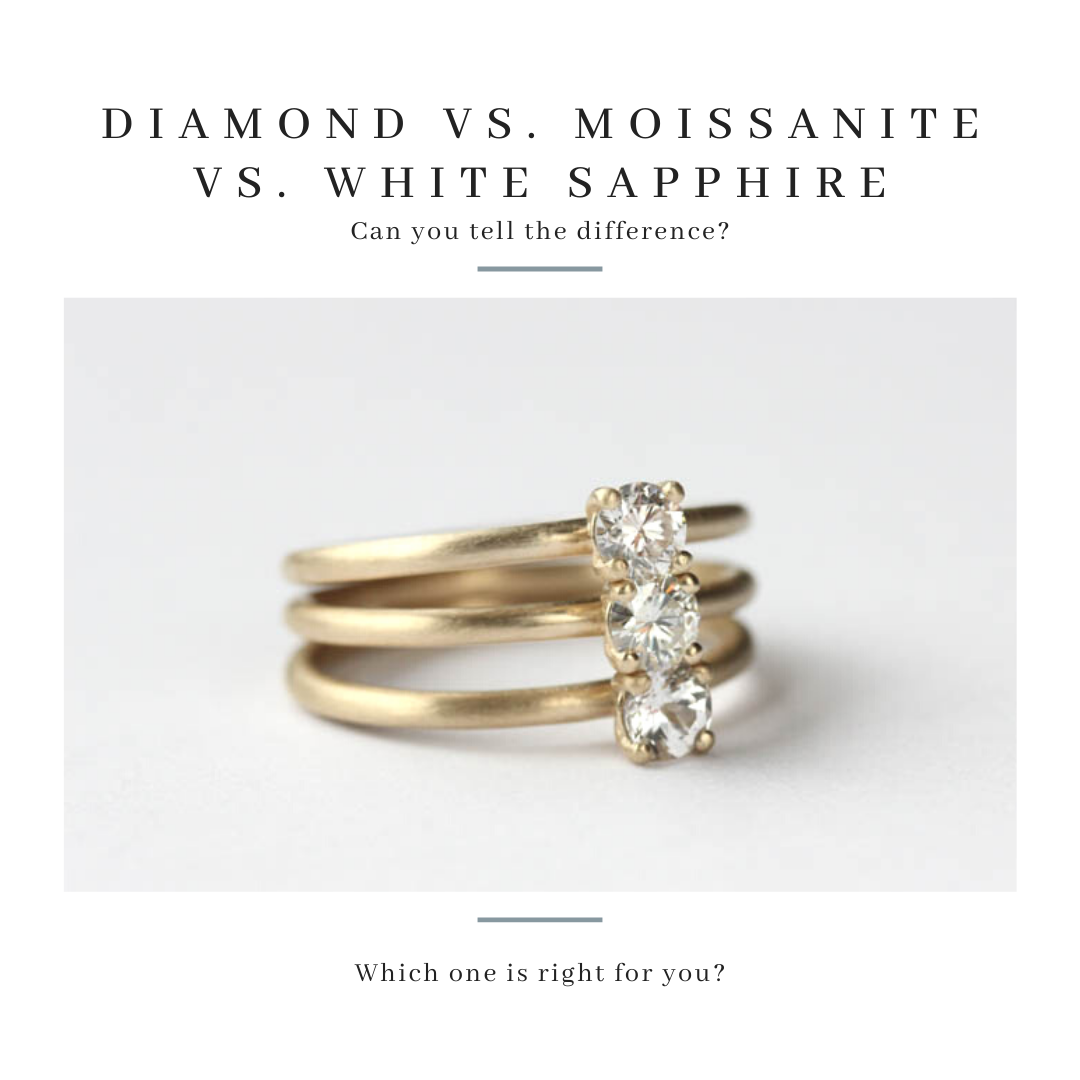Durability
I get a lot of questions about durability of rings, metal and finishes. There are some metals that are more durable (meaning they hold up better over time), but no wedding band is impervious to wear and tear. Rings take a lot of abuse. Much more so than any other jewelry. All finishes on rings will change over time. A shiny finish will become less shiny and a matte finish will become more shiny. All rings, regardless of the metal, over time, will have scratches and dings. Finishes on rings can be re-done, but at the sacrifice of losing material.
Traditionally wedding bands are made of precious metals (as opposed to industrial metals). The most durable precious metals for wedding bands are going to be platinum, palladium, 10k and 14k gold.
With palladium (platinum too), it has what is called a “fluid surface”. What that means is that unlike gold, when it gets scratched it actually just displaces the metal as opposed to removing it. A gold ring after years of wear will weigh less because metal has been removed through wear, a palladium band will not. However, this does not mean that it won’t scratch or ding. Platinum and palladium can scratch and ding faster than gold, but over many years the band will not become thinner due to wear the way that gold will.
With gold, 10k is going to be harder than 14k, which is harder than 18k. In general, the higher the gold content, the softer the alloy becomes. 14k is preferred over 18k for durability, and 22k is not recommended for a wedding band. Of the typical gold color alloys, traditional white gold will be the hardest, followed by yellow, then rose. If you are concerned about durability consider a 10k yellow gold, or a 14k white gold band, and steer clear of 18k rose gold.
Sterling silver is a very soft metal, and I don’t usually recommend it for a wedding band. However, there are a few reasons you might choose a sterling silver band:
- You like the idea of a ring that develop a patina from wear, with each mark demoting the passage of time.
- For a men’s engagement ring, or a less expensive "starter" wedding ring that will be replaced with a gold, palladium, or platinum wedding band.
- For someone that knows they are likely to lose it, and don't want the responsibility of something too valuable.
- To try out the fit and dimensions of a band before committing to a more expensive ring.
Because sterling bends easily, if you do choose a sterling silver ring, consider a thicker band (1.5-2mm thick), or a sterling palladium band. Sterling palladium is a 92.5% sterling silver alloy which contains 3.0% palladium. It is intrinsically harder than standard sterling silver and is more tarnish resistance. However, it is still a type of sterling silver, so it will not be as durable as some other metals.
I offer rings in 1mm thickness because it is often requested. Usually it’s for someone that is looking for a very slim fitting ring. However, if you are very active and do a lot with your hands, a 1mm band is fairly thin and is likely to bend or mis-shape over time. Even going from 1mm thick to 1.25mm thick will increase the durability. But if you do a lot of work with your hands, consider at least a 1.5mm thickness.

